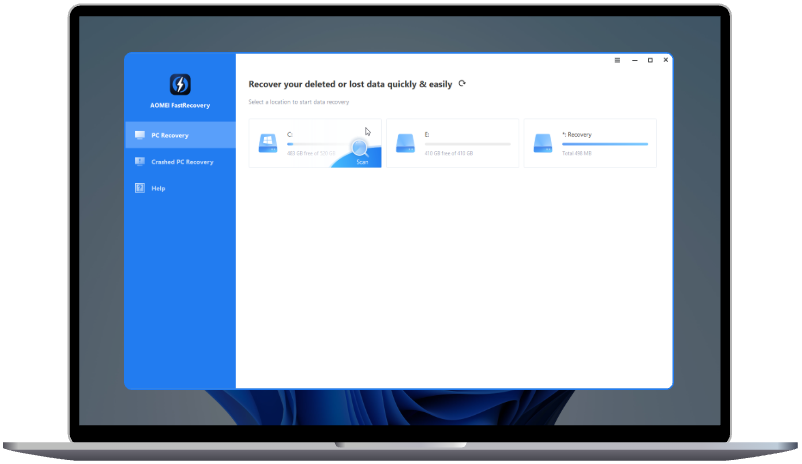Unleash Lightning-Fast Connections: Ralink 802.11 N USB Driver for Windows 7 Mastery!
Dive into the world of seamless connectivity as we uncover the potential of the Ralink 802.11 N USB driver Windows 7. Unlock blazing-fast connections with ease and efficiency.
In the dynamic world of Windows 7 connectivity, the Ralink 802.11 N USB driver Windows 7 emerges as a key player, holding the potential to unlock lightning-fast connections. This comprehensive guide is your ticket to mastering the intricacies of this driver, optimizing your USB connection, and experiencing seamless speeds on your Windows 7 device.
Unveiling the Need for Mastery
1. The USB Driver Conundrum
Windows 7 users may encounter connectivity challenges related to the Ralink 802.11 N USB driver. Let's delve into the details of this issue to understand its impact.
2. Root Causes Explored
The USB driver conundrum can be attributed to various factors. Five primary culprits include outdated drivers, signal interference, hardware issues, software conflicts, and security settings. Let's explore each cause in detail.
Outdated Drivers
An outdated Ralink 802.11 N USB driver may struggle to keep up with evolving network protocols, resulting in connectivity slowdowns on Windows 7.
Signal Interference
External devices emitting signals in the same frequency range can disrupt the USB driver's performance, causing fluctuations in connectivity speeds.
Hardware Issues
Malfunctioning USB hardware components, such as a faulty adapter, can impact the Ralink driver's performance.
Software Conflicts
Conflicts with other software or incompatible drivers can create a chaotic networking environment, leading to disruptions in Windows 7 connectivity.
Security Settings
Overly restrictive security settings may hinder the USB driver's ability to establish a stable and speedy connection on Windows 7.
Solutions for Windows 7 Connectivity Mastery
1. Keeping Drivers Up-to-Date
A Step-by-Step Guide Ensure your Ralink 802.11 N USB driver is up-to-date with these steps:
Step 1:** Identify your current driver version in Device Manager.
Step 2:** Visit the official Ralink website or your device manufacturer's support page.
Step 3:** Download the latest compatible driver.
Step 4:** Install the new driver and restart your system.
Step 5:** Verify the successful update in Device Manager.
2. Tackling Signal Interference
Mitigate signal interference for optimal USB connectivity:
Step 1:** Identify devices causing interference.
Step 2:** Reposition or turn off conflicting devices.
*Step 3:** Consider changing your USB port for improved performance.
Step 4:** Invest in USB cables with better shielding against interference.
3. Hardware Checkup
Ensure your USB hardware is in top condition:
Step 1:** Inspect USB ports for physical damage.
Step 2:** Test the USB device on another computer.
Step 3:** Replace faulty USB hardware components if needed.
Step 4:** Consider upgrading to a USB 3.0 adapter for enhanced speeds.
FAQ: Addressing Your Burning Questions
**Q:** How do I check my current Ralink USB driver version? **
A:** Navigate to Device Manager, locate your USB adapter, right-click, and select Properties. Under the Driver tab, find the Driver Version.
**Q:** Can I update the Ralink USB driver automatically?
**A:** Yes, use third-party tools or rely on Windows Update for automatic Ralink USB driver updates.
**Q:** What other software might conflict with the Ralink USB driver?
**A:** Antivirus programs, VPN software, or outdated network drivers can potentially clash with the Ralink USB driver.
**Q:** Is it necessary to restart my system after updating the driver?
**A:** Yes, a system restart ensures proper implementation of the updated USB driver.
**Q:** How can I improve USB signal strength?
**A:** Use shorter USB cables, avoid daisy-chaining, and consider USB repeaters for signal strength improvement.
Demystifying Technical Terms
1. USB Driver Version
Denotes the specific release of the Ralink 802.11 N USB driver, indicating its features, compatibility, and improvements.
2. Signal Interference
Occurs when external devices emit signals that disrupt the normal functioning of the USB driver, leading to connectivity issues.
3. USB Port Shielding
Refers to the protective features in USB ports that minimize interference and enhance signal strength.
4. USB 3.0
A USB standard offers faster data transfer rates compared to USB 2.0, providing improved connectivity speeds.
5. Driver Compatibility
Ensures the USB driver works seamlessly with your Windows 7 system and other software without conflicts.
Pro Tips for Windows 7 Connectivity Mastery
1. Regularly Update Your Ralink USB Driver
Stay ahead of connectivity issues by ensuring your Ralink USB driver is always up-to-date.
2. Optimize USB Port Usage
Avoid using overloaded USB hubs and opt for direct connections to maximize USB speeds.
3. Invest in Quality USB Cables
Choose USB cables with proper shielding to minimize signal interference.
Conclusion
In the quest for lightning-fast connections on Windows 7, mastering the Ralink 802.11 N USB driver Windows 7 is paramount. By understanding common issues, implementing solutions, and embracing advanced tips, you can unleash the full potential of USB connectivity. Elevate your Windows 7 experience to new heights, experiencing seamless and speedy connections effortlessly.

